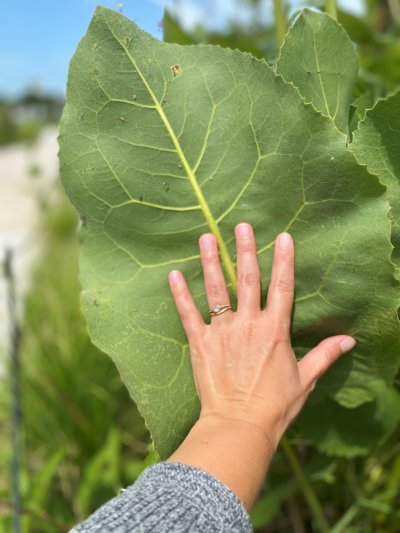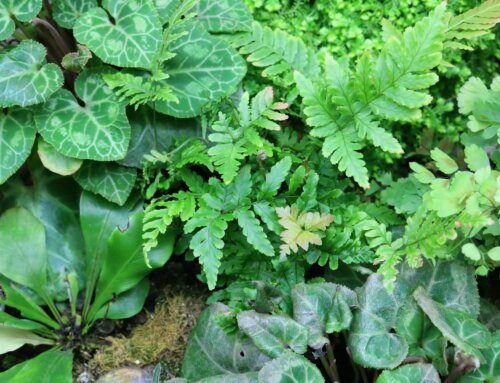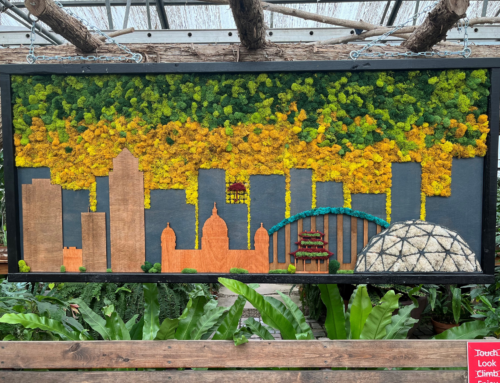Plant Birthdays and Silphiums
After reading Aldo Leopold’s book A Sand County Almanac in college, I have tried to keep his words close to heart and mind. In the essay titled “Prairie Birthdays,” Leopold shares an appreciation of plants coming into bloom. He writes, “Tell me of what plant birthday a man takes notice, and I shall tell you a good deal about his vocation, his hobbies, his hay fever, and the general level of his ecological education.”
 As gardeners, there is almost always a plant birthday to enjoy. Leopold reminds me to slow down and savor each one.
As gardeners, there is almost always a plant birthday to enjoy. Leopold reminds me to slow down and savor each one.
On a recent walk through the Laurisden Savanna, I noticed the first Silphium just coming into bloom. Happy birthday, I thought. Silphiums are an icon of Iowa’s landscape; even driving down the highway you will often see Silphium laciniateum (compass plant) standing tall.
Most Silphiums, including compass plant, are known for having coarse leaves, sunflower–like yellow flowers and resinous sap. In fact, the word Silphium is a nod to another resinous plant from Africa.
This year, as it does in most, the first Silphium birthday belongs to Silphium perfoliatum, or cup plant. S. perfoliatum can be a bit weedy if given free reign, but it is such a cheery, tactile plant that I don’t mind. Any novice will notice the bright yellow flowers, but look closer and you’ll see the paired, sandpaper-like leaves forming a cup around the square stem, which is valuable to the small mammals and birds who drink from it—I once saw a chipmunk sipping from the plant’s cup!
 Once cup plant blooms, I know it’s time to look for Silphium terebinthinaceum (prairie dock). Prairie dock can be found in the Botanical Garden’s plantings along the John Pat Dorrian Trail. The most spectacular thing about this plant is the sky-high stem and giant leaves—one leaf can be a foot wide and nearly twice as long! On the hottest summer days, I love to visit this plant and press my sweaty palm against the always-cold center leaf vein.
Once cup plant blooms, I know it’s time to look for Silphium terebinthinaceum (prairie dock). Prairie dock can be found in the Botanical Garden’s plantings along the John Pat Dorrian Trail. The most spectacular thing about this plant is the sky-high stem and giant leaves—one leaf can be a foot wide and nearly twice as long! On the hottest summer days, I love to visit this plant and press my sweaty palm against the always-cold center leaf vein.
Like compass plant, the leaves of prairie dock tend to orient themselves in a north-south direction. What’s more is the rich cocoa brown color the leaves turn in fall and winter, providing year-long interest in any garden. If that isn’t enough to ogle over, below your feet is a taproot that can extend 13 feet deep!
If you don’t already have a sense of the quirky personality of Silphiums, get outside and find yourself a compass plant to gander up at. As Leopold points out, there are numerous plant birthdays to celebrate each week, April through September. Which birthday is next on your calendar?



